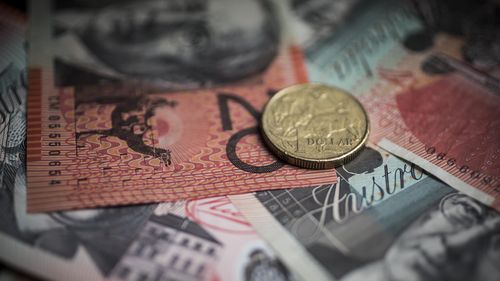Share this @internewscast.com
Following Trump’s so-called “liberation day” announcement, the Australian dollar plunged, falling below 60 US cents for the first time since the pandemic began.
This drop, especially affected Australians traveling abroad, as they suddenly received less value for their money, though it was largely consistent with previous trends.

“When there is a weaker outlook for global growth, the Australian dollar tends to depreciate because investors anticipate our economy being affected by global challenges,” said RBA assistant governor Sarah Hunter during a speech to the Economic Society of Australia in Brisbane today.
“When global investors are worried, they tend to focus on reducing risk exposure, moving their capital to low-risk assets in countries like the United States, Switzerland and Japan,” she added.
However, the dollar has since rebounded, bouncing between 64 and 65 US cents over the last month or so â more than it was buying before the tariffs were unveiled â and improving against other currencies tied to the greenback.
That, Hunter said, is “more unusual”, but appears down to what’s happening to the US dollar more than a particular strength in the Aussie.
“The weakness in the US dollar during a period of heightened risk is in contrast with many previous episodes, though it’s too early to know whether this dynamic will continue,” she said.
“On average, the price of our exports in foreign currency terms hasn’t changed.

“But the relative move of capital towards Australian assets compared to the United States… could support domestic investment activity.
“We’ll be monitoring how these channels play out over time.”
More broadly, Hunter said the uncertainty caused by Trump’s volatile trade policy could lead to households delaying spending and businesses pushing back hiring and investment plans, and could also push down prices, although she said the RBA “can’t be completely sure” about the overall impact.












